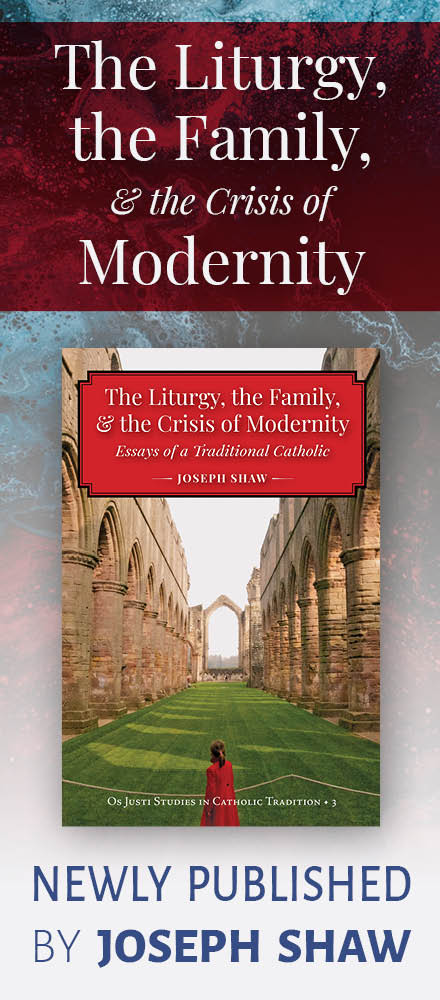When the Basilica of St Paul Outside-the-Walls was almost completely destroyed by fire in mid-July of 1823, Pope Pius VII was close to death, after a reign of over 23 years; the dying Pontiff was never told what had happened to one of Rome’s most ancient and important churches, one of his own personal favorites. Over the course of the following thirty years, his successors Leo XII (1823-29), Pius VIII (1829-30), Gregory XVI (1831-46) and Blessed Pius IX (1846-78) rebuilt the church that houses under its altar the tomb of the Apostle of the Gentiles. On December 10, 1854, two days after he had formally defined the dogma of the Immaculate Conception at a solemn ceremony in St Peter’s, Pius IX celebrated the consecration of the church, in the presence of a large number of prelates then in Rome. However, the long-standing custom that the Dedication of the Basilicas of Ss Peter and Paul be celebrated together on November 18th was not altered.
 |
| In the apse of the church there are six plaques, three to either side, naming all the prelates present for the consecration ceremony on December 10, 1854. Nicholas Cardinal Wiseman, the first Archbishop of Westminster, who had such an influence on the Bl. John Henry Newman, is listed ninth from the bottom of the middle plaque seen here; Gioacchino Card. Pecci, the future Pope Leo XIII, is second from the top on the right. |
Since there were no particular decorations set up in the church this morning, I thought I would share with our readers some photos of the treasury museum and cloister instead.
 |
| An antiphonary for the use of the celebrant at Vespers, late 18th-century. Only the parts which are actually sung by the celebrant are given; on the left side are the intonations of the antiphons for First and Second Vespers of the Dedication of a Church, on the right side, the first antiphon of First Vespers of Christmas, and the first line of the Hymn. |
 |
| The letter by which Bl. Ildefonse Schuster was given possession of the Abbey of St Paul Outside-the-Walls in 1918. He served as the abbot of the Benedictine monastery of St Paul until his appointment as Archbishop of Milan in 1929. |
 |
| A late-18th-century pyx. |
 |
| Several of the icons displayed in the treasury museum. |
 |
| An inscription which marked the grave of St Paul in the late 4th or early 5th century, on which is written “Paulo Apostolo Mart(yri) - To Paul, Apostle and Martyr.” |
 |
| The reliquary chapel. |
 |
| A statue of Pope Boniface IX Tomacelli (1389-1404), originally inside the basilica, but badly damaged by the fire of 1823, and now removed to the cloister. |
 |
| The early 13th century cloister of the church is remarkably well preserved. The portion of the inscription seen here in the band above the arches says “Here the company of monks studies and reads and prays.” |
 |
| The cloister houses a very large number of funerary inscriptions, Christian ones brought here from the catacombs, or originally in the church itself, and pagan ones recovered in the neighborhood of the Basilica. This one reads “To the well-deserving Anastasius, in peace, an honest man, who lived for sixty years, more or less. He fell asleep on the 7th of October, in the consulship of the Augustus Theodosius...”. Ancient Romans very often did not keep track of their birthdays or ages, and therefore the formula “more or less”, (‘plus minusve’, usually abbreviated to ‘PM’ as seen here) is very common in funerary inscriptions when they give the age of the deceased. |

 |
| A bronze medallion made in 1828, to commemorate the donation by the Archdiocese of Milan of both the main altar and its frontal for the reconstruction of the church. On the obverse, a portrait of Pope Leo XII, with the arms of his family (Sermattei della Genga) underneath; on the reverse, the donated frontal, with Christ amid the Apostles and Prophets, the busts of Ss Peter and Paul above. |


































